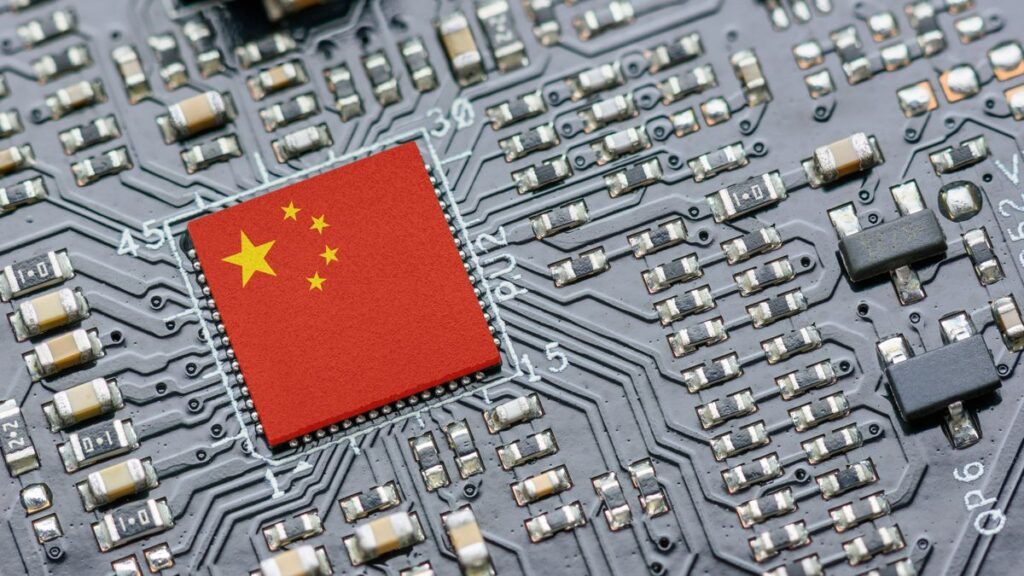The US is actively blocking China from acquiring the latest technology, with Washington halting the export of advanced chips and chip-making tools to the Asian powerhouse. This technology blockade has led DigiTimes Asia to report that Ye Tianchun, chairman of the integrated circuit department of the China Semiconductor Industry Association (CSIA) and secretary-general of the China Integrated Circuit Innovation Alliance (CICIA), is encouraging companies to focus on building on mature nodes and back-end technology innovation. This focus should be prioritized over trying to catch up with Western and Western-allied semiconductor companies such as Intel, Nvidia and TSMC.
China is focusing on developing domestic chips, and Chinese CPU maker Loongson released a processor in April that rivals 10th-generation Intel chips, but is at least five years behind the performance of current chips from AMD, Intel and Qualcomm. The United States has also blocked ASML from servicing its lithography systems in China, negatively impacting SMIC, China's largest foundry.
China-based Shanghai Microelectronics Group (SMEE) already makes lithography tools, and another company, Naura Technology, is looking to get into the industry. But they still have a long way to go before ASML can make chips for the latest nodes. If China can't find a way to overcome these challenges in the next three to five years, it risks falling behind its Western rivals in cutting-edge chips.
Ye Tiangchun believes China can chart a new path towards technological superiority. Instead of following the world's leading chipmakers like TSMC in the nanometer race, he suggests Chinese companies should focus on innovating on more mature nodes and architectures.
After all, of the 12 million 12-inch wafers TSMC produces each year, roughly 80% use older nodes rather than cutting-edge designs for the latest SoCs. U.S. sanctions have made China one of the leaders in mature node chips, so it makes sense for China to leverage its core strengths and pivot to producing the high-quality legacy chips needed for most or all of our electrical and electronic equipment.
Tianchun also recommends focusing on architecture innovation and back-end processes. According to Moore's Law, 3nm and 2nm chips have reached the limit of current architectures, and companies such as Arm and Samsung are looking for new advancements to maximize transistor density. Since Chinese semiconductor companies are still several years away from reaching this technology, he said Chinese semiconductor companies should consider working on architecture innovation as early as 7nm. Chip designers should work with system packaging companies to realize these innovations and gain a comparative advantage in this field.
Many Chinese tech companies want to join the nanometer race that has long been dominated by companies such as Intel, AMD, Nvidia, and Qualcomm. However, it will be difficult for China to catch up with these tech companies as the US is blocking China on all fronts. Therefore, instead of following, Chinese tech companies should carve their own path and create innovations in technologies that the US and its allies are ignoring.



